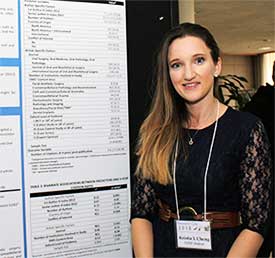Apalutamide (ARN-509) is an antiandrogen that binds selectively to androgen receptors (AR) and does not show antagonist-to-agonist switch like bicalutamide. We compared the activity of ARN versus bicalutamide on prostate cancer cell lines. The 22Rv1, PC3, and DU145 cell lines were used to study the effect of ARN and bicalutamide on the expression cytoplasmic/nuclear kinetics of AR, AR-V7 variant, phosphorylated AR, as well as the levels of the AR downstream proteins prostate-specific antigen and TMPRSS2, under exposure to testosterone and/or hypoxia. The effects on autophagic flux (LC3A, p62, TFEB, LAMP2a, cathepsin D) and cell metabolism-related enzymes (hypoxia-inducible factor 1α/2α, BNIP3, carbonic anhydrase 9, LDHA, PDH, PDH-kinase) were also studied. The 22Rv1 cell line responded to testosterone by increasing the nuclear entry of AR, AR-V7, and phosphorylated AR and by increasing the levels of prostate-specific antigen and TMPRSS2. This effect was strongly abrogated by ARN and to a clearly lower extent by bicalutamide at 10 μmol/l, both in normoxia and in hypoxia. ARN had a stronger antiproliferative effect than bicalutamide, which was prominent in the 22Rv1 hormone-responsive cell line, and completely repressed cell proliferation at a concentration of 100 μmol/l. No effect of testosterone or of antiandrogens on autophagy flux, hypoxia-related proteins, or metabolism enzyme levels was noted. The PC3 and DU145 cell lines showed poor expression of the proteins and were not responsive to testosterone. On the basis of in-vitro studies, evidence has been reported that ARN is more potent than bicalutamide in blocking the AR pathway in normoxia and in hypoxia. This reflects a more robust, dose-dependent, repressive effect on cell proliferation. Correspondence to Michael I. Koukourakis, MD, Department of Radiotherapy/Oncology, Democritus University of Thrace, PO Box 12, Alexandroupolis 68100, Greece Tel: +30 255 107 4622; fax: 30 255 103 0349; e-mail: targ@her.forthnet.gr Received September 17, 2017 Accepted December 20, 2017 Copyright © 2018 Wolters Kluwer Health, Inc. All rights reserved.
from #ORL-AlexandrosSfakianakis via ola Kala on Inoreader http://ift.tt/2nqfj6O


















